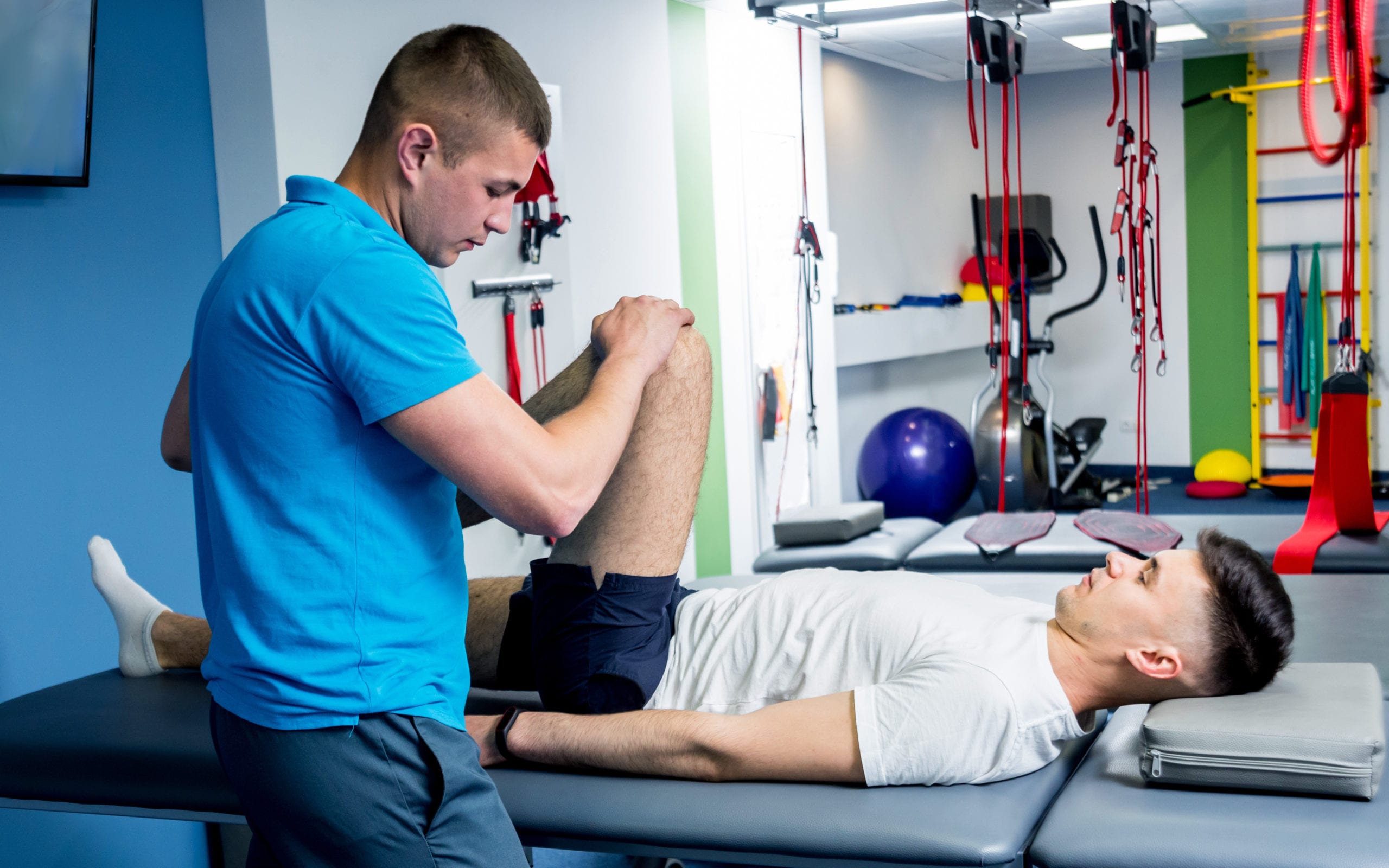Investigating the Impact of Hands-on Therapy Methods on Alleviating Muscle and Joint Discomfort and Enhancing Client Outcomes
Investigating the Impact of Hands-on Therapy Methods on Alleviating Muscle and Joint Discomfort and Enhancing Client Outcomes
Blog Article
Manual therapy methods are hands-on methods used by medical professionals to treat muscle and joint pain. These methods include various forms of adjustment and mobilization of the body’s muscle tissue and articulations. The goal of hands-on therapy is to relieve discomfort, improve movement, and enhance overall performance. Numerous people suffer from muscle and joint discomfort due to trauma, poor alignment, or disorders like joint inflammation. By using hands-on treatment, practitioners aim to tackle these issues and help patients regain their standard of living.
One common manual therapy technique is spinal manipulation. This technique involves using precise pressure to the vertebral column to enhance positioning and decrease discomfort. Studies has demonstrated that vertebral adjustment can be beneficial in managing lumbar back discomfort and cervical pain. Another method is gentle connective tissue mobilization, which focuses on relieving tightness in the muscles and connective tissues. This can help reduce stiffness and improve flexibility, making it easier for patients to move without pain. Both techniques can be customized to satisfy the individual requirements of each client, ensuring a custom method to care.
In addition to pain relief, manual therapy can enhance patient outcomes in various ways. For example, it can boost blood flow, which helps deliver nutrients and essential elements to the injured regions of the body. Better circulation can also encourage recovery and alleviate swelling. Additionally, hands-on therapy can help patients develop better body consciousness, which is crucial for avoiding subsequent trauma. By understanding how their bodies function, clients can make better knowledgeable decisions about their movements and alignment, leading to long-term benefits.
The effectiveness of manual therapy is often backed by patient feedback. Many patients report significant improvements in their pain levels and overall performance after undergoing treatment. visit the site This positive reaction can lead to greater drive for clients to participate in physical exercise and recovery exercises. When patients feel better, they are more likely to engage in their rehabilitation journey, which can additionally improve their results. This cooperative approach between the therapist and the patient is essential for attaining enduring outcomes.
In summary, hands-on therapy methods play a critical role in relieving muscle and joint pain and improving patient results. By applying methods such as spinal manipulation and gentle connective tissue mobilization, healthcare providers can help clients recover movement and reduce discomfort. The benefits of hands-on treatment extend beyond instant discomfort relief, as it also promotes recovery and motivates clients to take an active role in their rehabilitation. As more people seek efficient therapies for musculoskeletal issues, manual treatment continues to be an important option in the field of medicine.